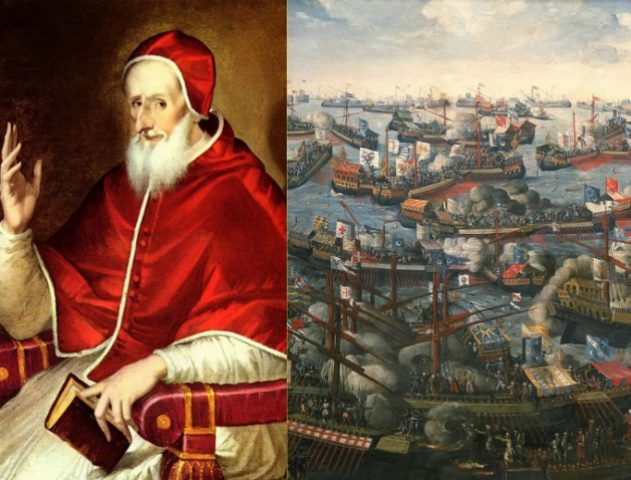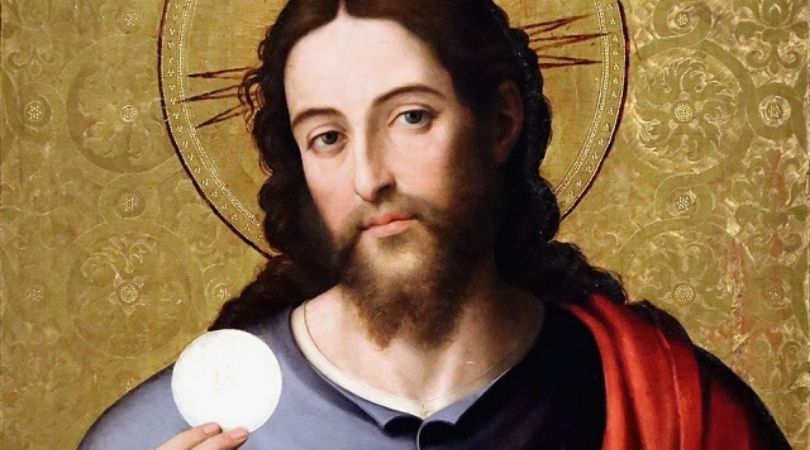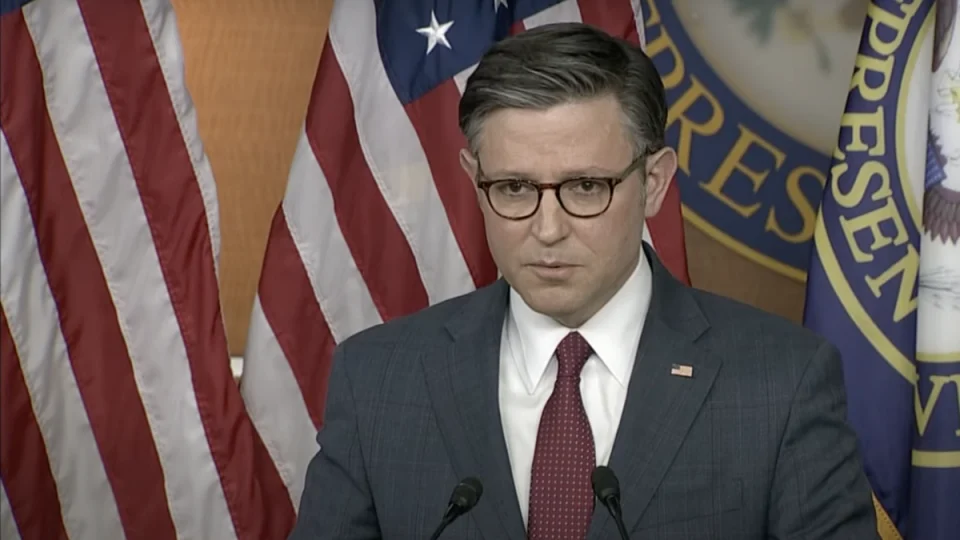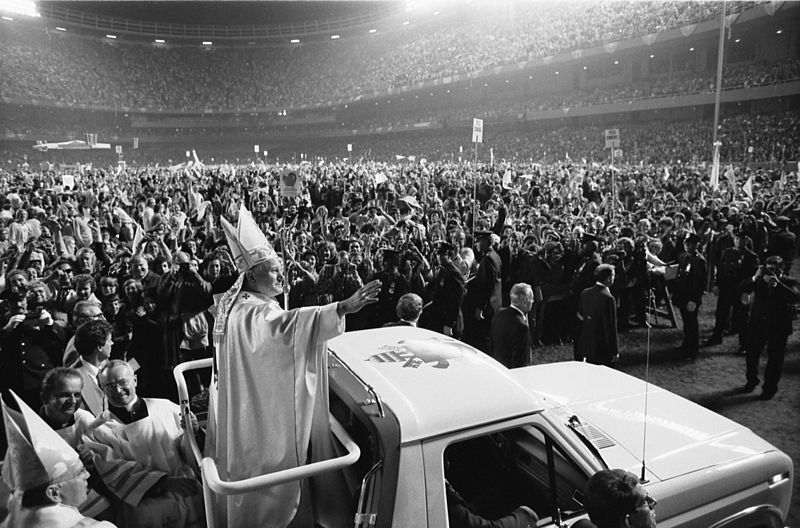Apocalypse 2019? We Have Been Here Before

Saint of the Day for February 14: St. Cyril and Methodius
February 14, 2019
Fr. Regis Scanlon: Our Lady Chooses the U.S. for a Final Plea
February 14, 2019
Pope Pius V reformed the Church and put a Christian fleet into action at the epic battle at Lepanto in 1571.
COMMENTARY: As in previous catastrophes, God did not abandon his Church, and he will not do so now.
By Lawrence P. Grayson, EWTN News, 2/13/19
The leaders of the world’s bishops’ conferences and of the Eastern Catholic Churches will meet Feb. 21-24 at the Vatican in order to deal with “the worldwide problem of the sexual abuse of minors.”
Pope Francis has declared this to be “one of the vilest and most heinous crimes conceivable.” The meeting is a positive step, but as serious as pedophilia is, it is only part of a larger problem of clerical homosexual activity and sexual exploitation of minors and adults. Cases of clerical abuse have been reported throughout Europe, the United States, South America, India, the Philippines, Australia and other locales.
This, unfortunately, is only one of several global problems facing the Church. A second is the extensive lack of doctrinal adherence and defection of Catholics from the faith. The Benedict XVI Center for Religion and Society found that in 12 of 22 European countries it surveyed, more than half of young adults, 16-29 years of age, do not identify with any religion.
Among self-proclaimed Catholics, the proportion that goes to Mass regularly is pitifully small. In France, only 23% of young adults identify themselves as Catholic, and of these only 10% attend Mass at least weekly. The numbers are not more encouraging in Spain, Portugal and Ireland, all traditionally Catholic countries.
The situation is similar in the United States. According to the Pew Research Institute, while 21% of the U.S. population claims to be Catholic, another 15% was raised Catholic but no longer consider themselves as such. As dismal as this is, the problem runs deeper. Only 23% of U.S. Catholics attend Mass weekly, states the Center for Applied Research in the Apostolate (CARA) at Georgetown University.
Further, many self-identified Catholics want the Church to change its doctrines. The Pew study found that six in 10 Catholics hold that the Church should allow priests to marry, ordain women as priests, and permit divorced-and-remarried Catholics to receive Communion; nearly half say the Church should recognize the marriages of gay and lesbian couples. The Church today exists in a culture where religious affiliation and church attendance are unimportant and where many people want religious doctrine to accommodate societal trends.
A third global issue is the persecution of Christians because of their faith. The latest “World Watch List” from Open Doors reports that worldwide 215 million Christians currently face significant levels of oppression.
In 35 of the 50 countries on the list, “Islamic extremism remains the global, dominant driver of persecution” and religious conflict. In India, violence and injustice are growing as a result of radical Hindu nationalism. In China, the rulers want religion to be authentically Chinese and free from foreign control. In North Korea, Christians are subjected to heinous brutality, including forced labor, starvation and mandatory abortion. A study by Aid to the Church in Need concludes that “the persecution of Christians is today worse than at any time in history.”
Can this be a modern-day apocalypse for the Catholic Church? Will the worldwide spiritual and temporal problems it faces be fatal? No, the Church has experienced severe crises in the past and survived — and it will do so again.
In the 16th century, the Church confronted comparable, if not greater, problems. The laity barely understood the faith. Priests were generally poorly educated, lax in their duties, and many led immoral lives. Cardinals and bishops were appointed by patronage, held significant temporal power and acted no differently than others of worldly authority. There was no common liturgy, with elements of the Mass varying with local customs.
In addition, there was the development and growth of Protestantism. In 1517, Martin Luther publicly challenged the practice of selling indulgences. What began as an effort at Church reform became a schism. When the Pope would not grant King Henry VIII an annulment, Parliament in 1534 recognized the king as head of the state church in England. By the 1560s, northern Germany and Scandinavia were Lutheran, England was establishing a state church, France was in turmoil, and there were Protestant inroads into Poland.
Externally, a militarily aggressive and expanding Islamic Ottoman Empire threatened the existence of Christian Europe. By 1541, Syria, Arabia, Palestine, Egypt, most of Hungary and the entire coast of North Africa were under Ottoman control. As the threat grew, the Christian princes were fighting among themselves. The fall of Europe seemed inevitable.
But it was not to be.
A series of popes worked to reform the Church, stem the advance of Protestantism and protect Europe. In 1540, Pope Paul III established the Society of Jesus with 10 members. Forty years later, 5,000 highly educated Jesuits, who focused on reconstructing Church life and teaching the faith, were dealing with the ignorance and materialism of priests and laity around the world.
The Council of Trent, which concluded in 1563, made numerous pronouncements to clarify Catholic doctrine and to reform the internal discipline of the Church.
When Pope Pius V was elected in 1566, he saw to the completion of a Catholic Catechism, arranged for a new Roman Breviary, regularized the Roman Rite of the Mass, made praying the Divine Office obligatory, appointed cardinals and bishops by merit rather than patronage, insisted that priests wear clerical garb, reformed religious houses and had the works of St. Thomas Aquinas taught in seminaries.
In confronting the Protestant challenge, Pius V excommunicated England’s Queen Elizabeth, removed eight French bishops for heresy, and disputed with Germany’s emperor and Poland’s king. As a result, Poland, Bavaria, Austria and France were largely secured for Catholicism, although England and parts of Germany remained Protestant.
To meet the Ottoman threat, Pius V organized a coalition of Catholic principalities as the Holy League and put a Christian fleet into action to oppose a powerful Ottoman armada that was seeking to control the Mediterranean. The two navies met in an epic battle at Lepanto in 1571. The Ottomans were overwhelmingly defeated, thus stopping their attempts at expansion for over a century.
The Church not only survived an apocalyptic series of problems, but thrived. No mere human institution could have endured the persecutions, heresies and scandals that the Catholic Church has withstood, not only in the 16th century, but for more than 2,000 years. God did not abandon his Church in the past, no matter how dire the circumstances, and he will not do so now.
Lawrence Grayson is a visiting scholar in the school of philosophy at The Catholic University of America.




